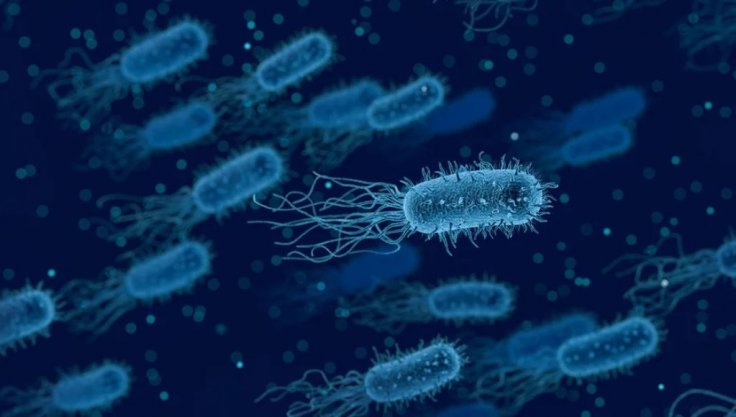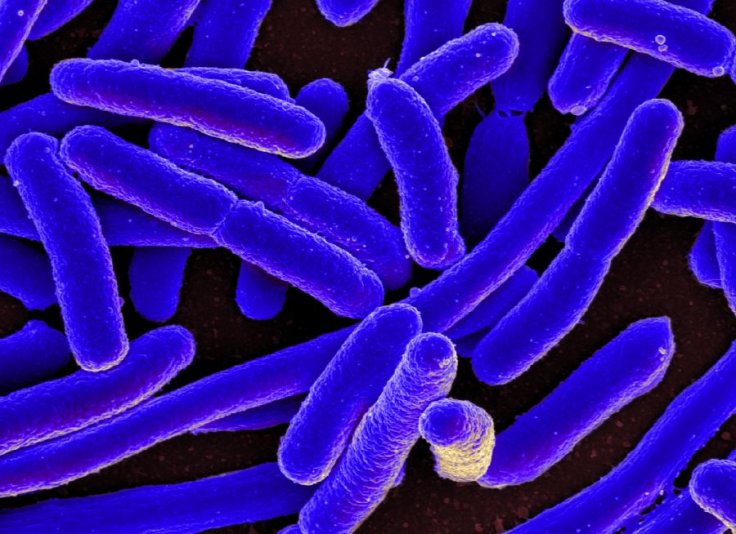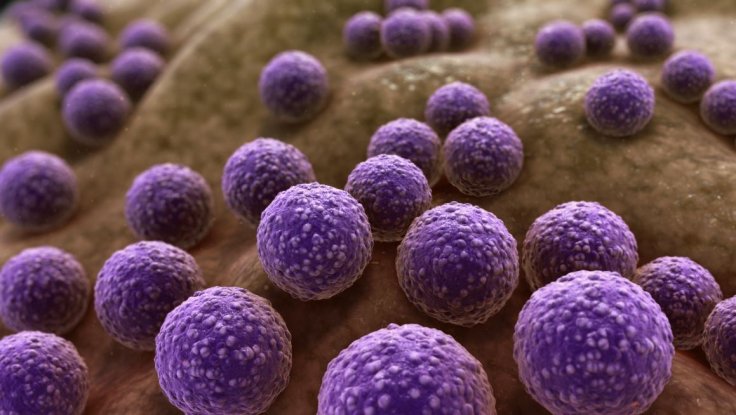The medical fraternity across the world is engaged in an arduous battle against the COVID-19 infection. Not only is the containment of the disease proving to be a challenge but also forcing researchers worldwide to race against the clock to find a cure for it. However, as the world grapples with the coronavirus, a new study suggests that bacteria are getting stronger and more resistant to antibiotics, including the ones designed to fight their resistance.
According to researchers from the University of Gothenburg, a new bacterial gene was discovered in samples from river sediments in India. They found that the gene has become a part of several disease-causing bacteria such as Salmonella, and was likely resistant to the latest antibiotics created to overcome antibiotic resistance. The scientists have named the gene 'gar' as it provides resistance against aminoglycoside antibiotics that carry compounds known as garosamine.
"Every antibiotic mankind has developed so far has eventually been met by resistance in at least some of the pathogens it was intended to treat. The gar gene is just the latest in a series of genes that one by one reduces the value of antibiotics," said Joakim Larsson, senior author of the study, in a statement.
An undiscovered gene

Instead of analyzing samples obtained from patients, the team chose to isolate resistance genes from the water waste from rivers in India, that become the final destination for tones of treated and untreated waste. Also, India as a country is struggling with the incidence of antimicrobial resistance, making it an ideal site for the study.
Upon discovery, they found that the gene did not resemble any of the know genes that promote antibacterial resistance. However, the scientists were in for a surprise when they compared the gene's DNA sequence to already published sequences of several bacteria.
Already a part of several disease-causing pathogens

Not only had the unearthed gene been present all along but was also part of several deadly pathogens such as Pseudomonas and Salmonella from countries such as China, Italy and the US. The gar gene had missed the notice of scientists as no one had discerned its function as resistance causing gene. This approach towards the gathering of samples proved beneficial in uncovering the gene as very few people carry them as of now.
What makes this finding significant is that the gene provides resistance against aminoglycoside antibiotics, particularly a new drug known as plazomycin. The drug was developed specifically to overcome the current aminoglycoside resistance mechanisms that several bacteria have developed. It is important to note that this class of antibiotics are crucial for the treatment of several types of infections involving multi-resistant bacteria.
Thus, the research sheds light on the ever-evolving counteraction measures to antibiotics that these pathogens are acquiring. "Early discovery of resistance genes can help us managing their spread, facilitate gene-based diagnostics and perhaps also guide industry to develop drugs that can circumvent the resistance," said Larsson.
Can complicate the treatment of secondary infections

Pointing out that the rarity in its presence is the only cause to celebrate, Larsson emphasized, "It is good news that the gar gene still seems to be rather rare, but as it is spreading, it will likely further complicate treatment of already multi-resistant bacteria."
Larsson also stressed that at a time when the COVID-19 causing SARS-CoV-2 is presenting an exceptional challenge in the development of a cure or vaccine due to its design, such resistance can make treatment of secondary infection difficult.
Citing the example of a lethal bacteria, he said, "Pseudomonas aeruginosa, for example, is a common cause of hospital-acquired pneumonia. Being able to treat secondary bacterial lung infections is something that we are particularly worried about these days when the world is hit by the COVID-19 pandemic."








